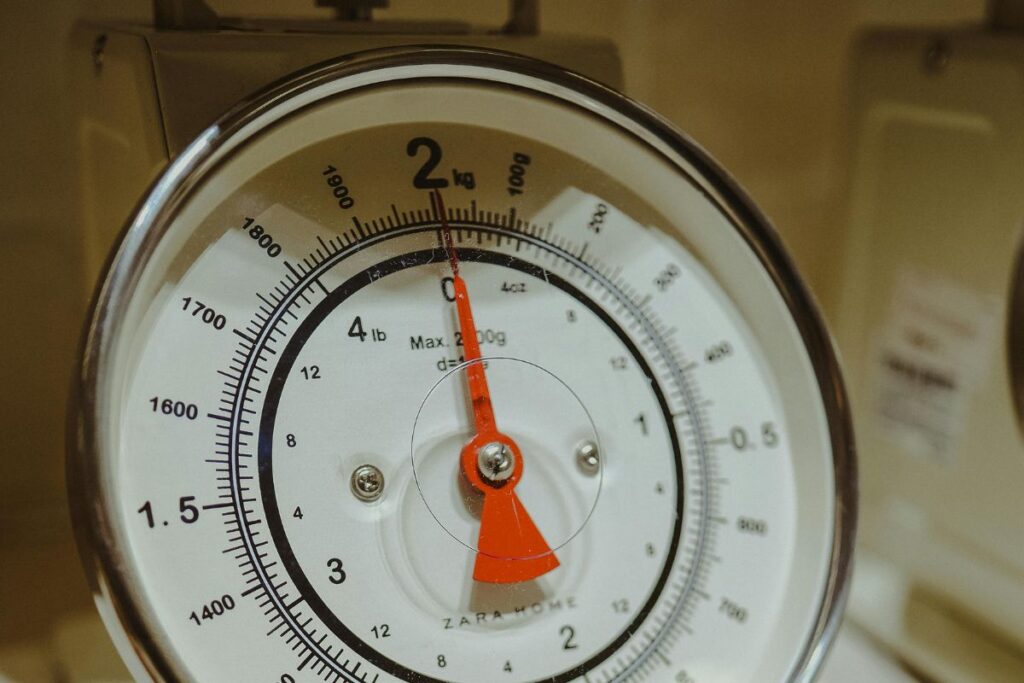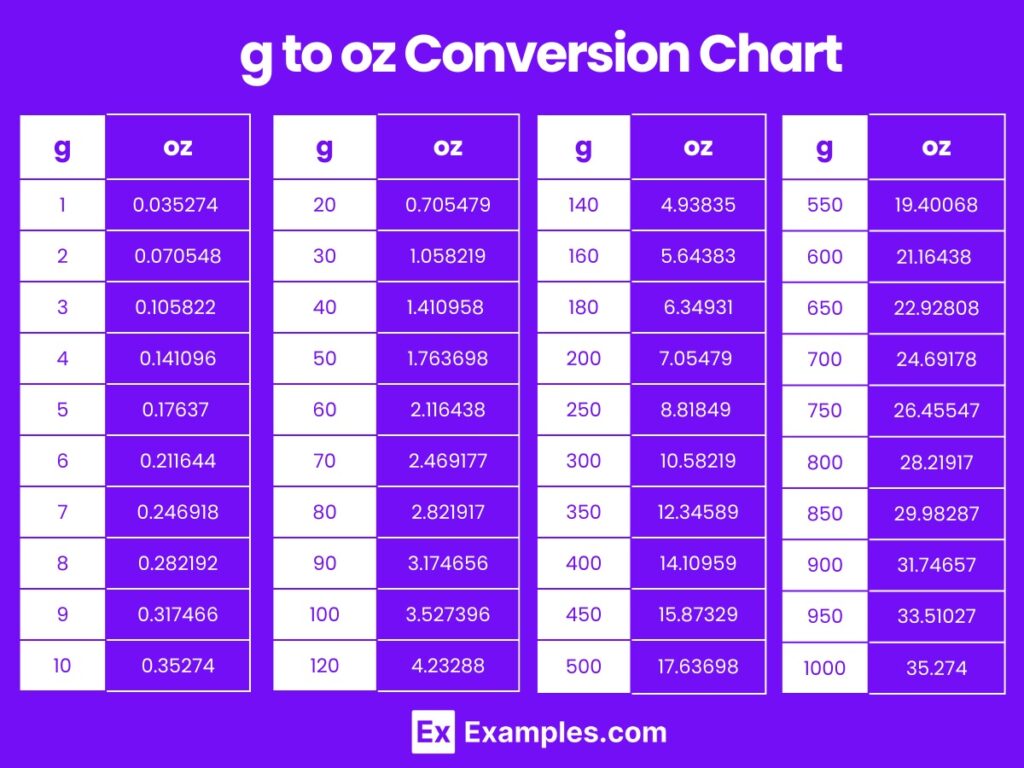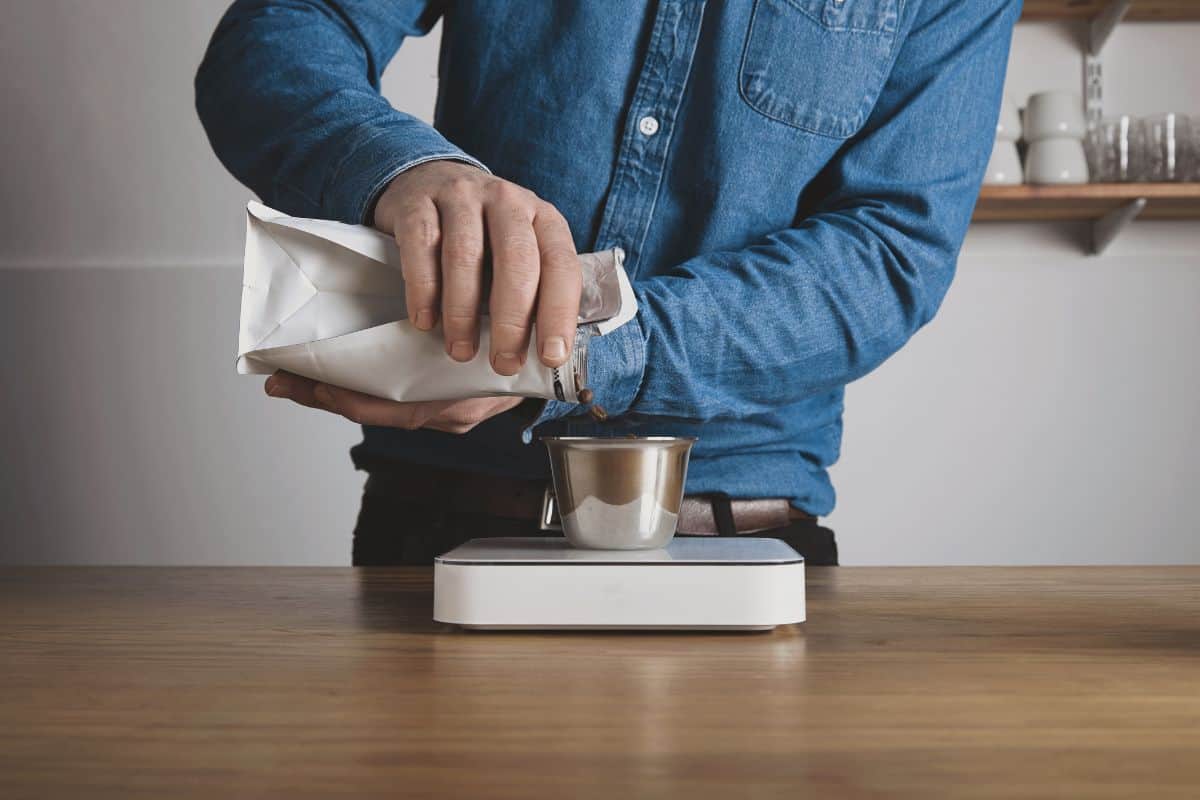If you ask for flour at a shop in London, they’ll give it to you by the pound. Ask in Paris, and you’ll get it by the kilogram.
Why the difference? It all comes down to the system each country uses.
One is called the imperial system, the other is the metric system.
These are different ways to measure things like weight, distance, and energy, and they’re not the same everywhere.
- The imperial system came from Britain and spread to its colonies, including America.
- The metric system was created in France in the 1790s to make things easier and more logical. Most countries switched to metric. The U.S. didn’t.
So today, we deal with the mix-up. In this blog, we’ll break down how many grams are in an ounce, how the systems differ, and why it matters.
You’ll learn the difference between metric and imperial system, and the exact ounce-to-gram conversion and when to round.
We’ll also cover why this conversion matters in real life, how to use AI tools for fast conversions, and a full chart from 0.25 oz to 20 oz.
Let’s dive in.
- 1 ounce = 28.35 grams (rounded for everyday use). The exact value is 28.349523125 grams, but unless you’re doing lab work, 28.35 is accurate enough for cooking, fitness tracking, and daily measurements.
- The metric system (grams) is used by most of the world and is based on units of 10. The imperial system (ounces) is mainly used in the US and isn’t based on 10s.
- For baking and scientific work, use the exact conversion (28.349523125). For meal prep, grocery shopping, and fitness tracking, the rounded version (28.35) works perfectly fine and keeps calculations simple.
- Don’t confuse regular ounces (weight) with fluid ounces (volume). Just because something weighs 1 ounce doesn’t mean it takes up 1 fluid ounce of space.
- Memorize 28.35 for quick mental math with round numbers, but use calculators or AI tools for odd measurements (like 7.6 oz).
Grams vs Ounces: Metric vs Imperial

When you see a recipe or a food label, you might notice it uses either grams or ounces.
These come from two different systems of measurement: the metric system and the imperial system.
The metric system is used by most countries in the world. It’s simple and based on units of 10.


Never Worry About AI Detecting Your Texts Again. Undetectable AI Can Help You:
- Make your AI assisted writing appear human-like.
- Bypass all major AI detection tools with just one click.
- Use AI safely and confidently in school and work.
For example, one gram becomes 10 grams, then 100 grams, then 1,000 grams (which equals 1 kilogram). Almost every country in the world uses this system because it’s simple and logical.
The imperial system, on the other hand, is mainly used in the United States.
It uses pounds and ounces. In this system, 16 ounces make a pound. It’s not based on 10s, so the math isn’t as straightforward.
This system is mainly used in the United States, though even Britain (where it started) has mostly switched to metric.
So when someone asks how many grams are in an ounce, it’s often because they’re juggling between two systems.
Quick Answer: 1 Ounce = 28.3495 Grams
If you’re wondering how many grams is in an ounce, here’s the quick answer:
1 ounce = 28.3495 grams.
This is the exact value. But for everyday use like cooking or tracking food, 28.35 grams is easier to remember and close enough for most needs.
Unless you’re doing lab work or chemistry, the small difference won’t matter.
- Exact Conversion and Rounded Value
- Exact: 1 oz = 28.349523125 grams (used in labs and scientific fields)
- Rounded: 1 oz ≈ 28.35 grams (used in kitchens, gyms, and daily life)
The ounce used in U.S. recipes and food labels is the same as the avoirdupois ounce.
(No need to worry about troy ounces unless you’re weighing precious metals.)
Rounding is very important when you’re working at a precise scale. For example,
- In baking, a small difference in weight can affect results.
- In scientific settings, precision is non-negotiable.
However, rounded numbers help keep things fast and simple for stuff like meal prep or grocery shopping.
- Breakdown of the Math
To convert ounces to grams, just multiply:
Formula: ounces × 28.3495 = grams
Example: 3 oz × 28.3495 = 85.0485 grams
Action Tip: Memorize 28.35 for quick mental conversions. It’s good enough 99% of the time.
- Why This Standard Is Used
The number (28.3495) comes from the avoirdupois system. It is a standardized system for weights used globally.
The international agreement that standardized the ounce (and other units) is the International Yard and Pound Agreement of 1959.
This agreement was signed by the United States, the United Kingdom, Canada, Australia, New Zealand, and South Africa. It defined:
- 1 international pound = 0.45359237 kilograms
- Therefore, 1 ounce (1/16 of a pound) = 28.349523125 grams
So when someone asks, how many grams are in an ounce, this is where it originates.
Understanding the Units
Let’s understand what units mean.
A unit is a standard measurement of quantity which is used to express a physical property like weight, length, time, or volume.
It is a label that tells you how much of something you have.
For example:
- Gram (g) = unit for mass
- Ounce (oz) = unit for weight
- Meter (m) = unit for length
- Second (s) = unit for time
Important: Weight and volume are not the same. If something weighs 1 ounce, it doesn’t mean it takes up 1 fluid ounce of space.
To give you a feel for these units:
- 1 ounce ≈ one slice of bread or a slice of deli meat
- 1 gram ≈ the weight of a paperclip or a raisin
Ounce to Gram Conversion Formula
To convert ounces to grams, use this simple formula:
Grams = Ounces × 28.3495
- Sample Calculations (1 oz, 2 oz, 5 oz, etc.)
Let’s see how it looks like in action:
- 1 oz × 28.3495 = 28.35 g
- 2 oz × 28.3495 = 56.70 g
- 5 oz × 28.3495 = 141.75 g
- 10 oz × 28.3495 = 283.50 g
These are rounded for clarity (to two decimal places).
Now you have two options:
- Use manually for small, round numbers (e.g. 1–5 oz) or quick estimates.
- Use calculators or AI tools for larger or odd numbers (like 7.6 oz), or when accuracy really matters (e.g. baking, supplements, academic work).
- Reverse Formula: Grams ÷ 28.3495 = Ounces
You can also reverse the formula like this:
Ounces = Grams ÷ 28.3495
Example:
- 100 g ÷ 28.3495 ≈ 3.53 oz
Now, here’s how Ask AI helps you in calculations:
- Instantly convert exact or odd measurements (e.g. 16.4 oz → ? g)
- How many grams are in an ounce of gold?
- How many grams in 7.25 oz?
- What’s 13.8 oz in grams, rounded for cooking?
- Explain the logic behind the math
- Explain how to convert ounces to grams step by step.
- Why do we multiply ounces by 28.3495?
- Break down the math used to convert 3 oz to grams.
- Generate custom charts for specific use cases
- Create a conversion chart from 0.5 oz to 20 oz in grams.
- Give me a table showing 1–10 oz converted to grams.
- I need a quick-reference chart for converting ounces to grams for meal prep.
- Clarify confusing terms like weight vs. volume
- What’s the difference between ounces and fluid ounces?
- Is an ounce always weight?
- Can I use gram and milliliter interchangeably?

Ounce to Gram Conversion Chart
- 0.25 oz to 20 oz in Grams
Below is a quick-reference chart converting ounces (oz) to grams (g).

- Visual Table for Quick Reference
| Ounces (oz) | Grams (exact) | Grams (Rounded) |
| 0.25 oz | 7.0874 g | 7.09 g |
| 0.5 oz | 14.1748 g | 14.17 g |
| 1 oz | 28.3495 g | 28.35 g |
| 2 oz | 56.699 g | 56.70 g |
| 5 oz | 141.7475 g | 141.75 g |
| 10 oz | 283.495 g | 283.50 g |
| 15 oz | 425.2425 g | 425.24 g |
| 20 oz | 566.99 g | 566.99 g |
Bookmark or print this chart for quick reference. If you need to convert decimal measurements like 11.7 oz or create larger conversion tables (1-50 oz), use an AI Chatbot.
It will save you time whenever you need a quick conversion.

Access our trusted AI Detector and Humanizer using the widget below.
FAQs About Ounce to Gram Conversions
How Many Grams in a Half Ounce?
A half ounce is equal to 14.17 grams.
What’s the Difference Between oz and fl oz?
Ounces (oz) measure weight, while fluid ounces (fl oz) measure liquid volume. For example, 8 oz of flour and 8 fl oz of milk are not the same thing.
Do Digital Scales Use Grams or Ounces?
Most digital scales can measure in both grams and ounces. You can switch between units using the “unit” or “mode” button on the scale.
Can I Use This for Liquids Too?
Only if you’re measuring by weight, not volume. Weight and volume are not always the same, except in cases like water where 1 fl oz roughly equals 1 oz by weight.
Final Thoughts
You don’t have to Google how many grams are in an ounce every time you bake, shop, or check your macros.
Whether it’s how many grams in an ounce of gold or protein powder, now you know:
1 oz = 28.35 g
Ounces × 28.3495 = grams
That’s the one to memorize. For everything else, skip the math.
Need a fast conversion?
Not sure if you’re measuring weight or volume?
Want a quick, custom chart?
Just Ask AI or drop it into AI Chat. It’s quick, accurate, and always ready.
